USA
Nature and People First America, LLC
405 Waltham Street
Lexington, MA 02421

Pumped storage hydropower (PSH) technology is a type of utility-scale battery invented over 100 years ago to store electricity. The International Hydropower Association says PSH represents 94% of all energy storage solutions deployed globally . The United States Federal Energy Regulatory Commission (FERC) has authorized 24 PSH projects currently in operation with a capacity of over 16 GW . The technology is ideal for storing renewable energy and is the low-cost technology to store electricity for 10 hours or more when the sun doesn’t shine or when the wind doesn’t blow.
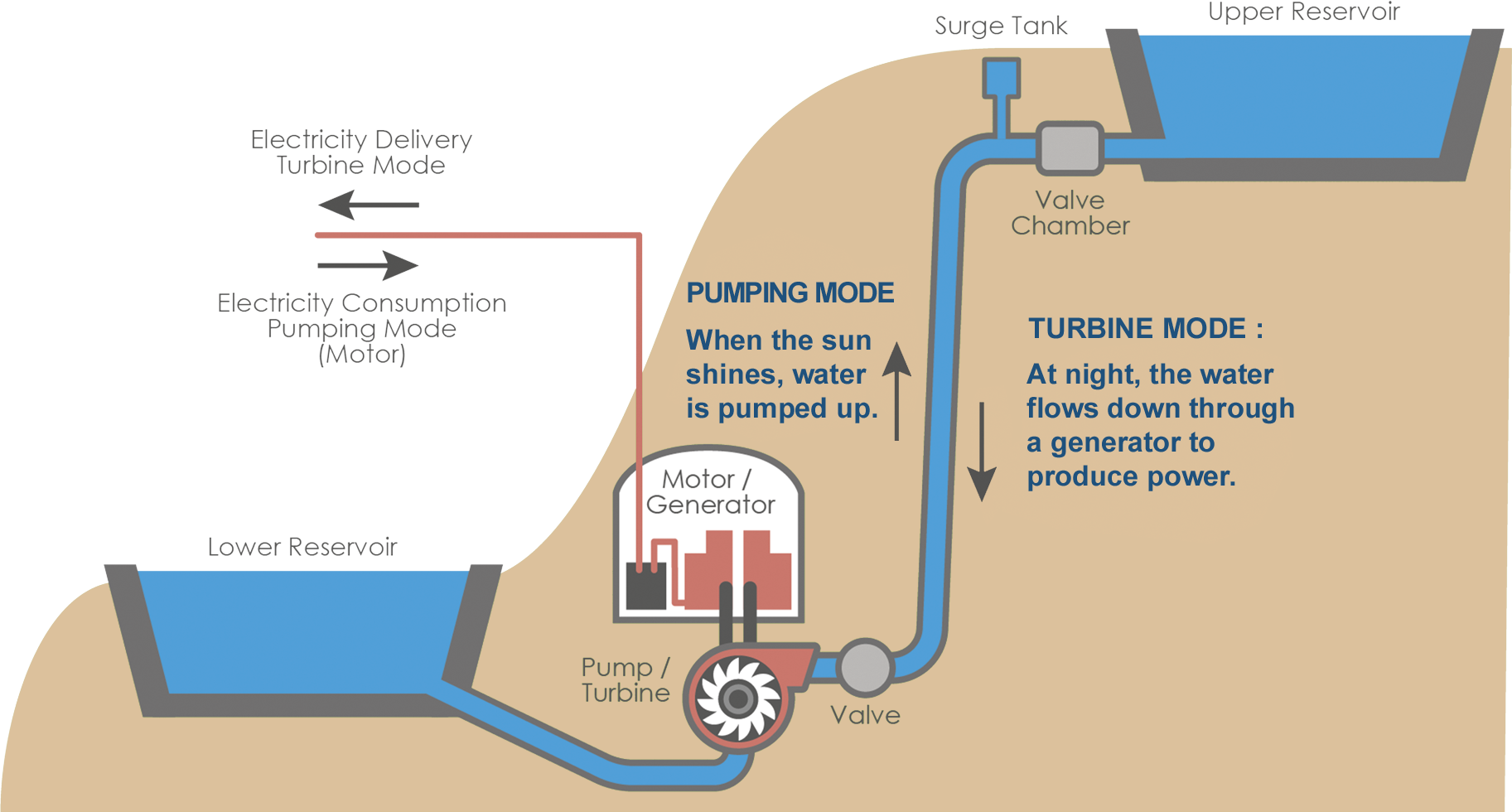
The infrastructure consists of two reservoirs that can hold water separated by natural elevation change. The Chilchinbeto Pumped Storage Hydropower Project has about 1,500 feet of elevation change with one reservoir on Black Mesa and the other reservoir at the base of Black Mesa. The reservoirs are connected by a pipe, also referred to as a tunnel or penstock. When electricity is stored - typically in Arizona when the sun shines and electricity is cheap - water is pumped from the reservoir at the base of the mesa to the reservoir at the top of the mesa. When electricity is needed, the PSH operates as a hydroelectric facility: water flows down the pipe, through a generator producing electricity, and then to the lower reservoir.
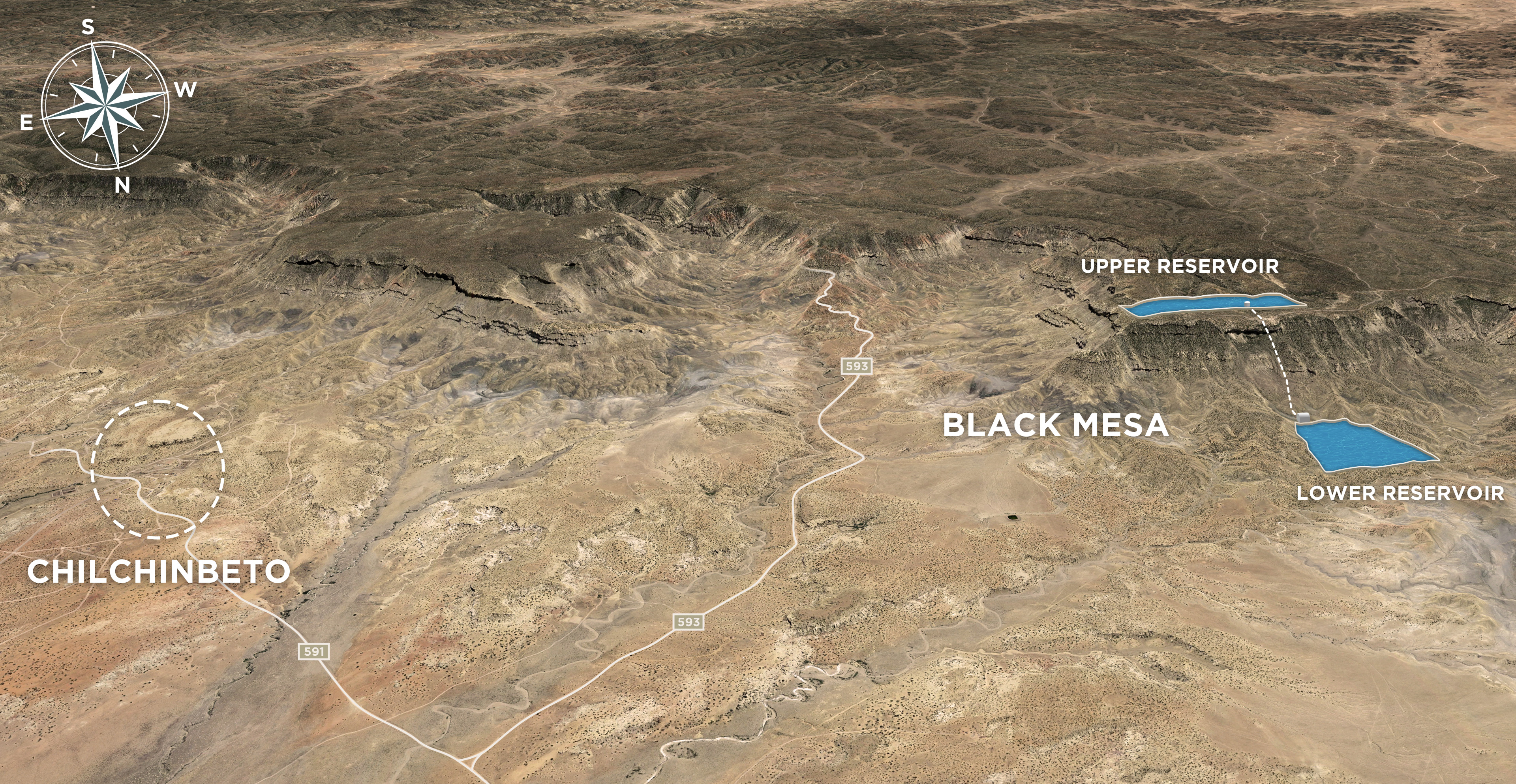
The Chilchinbeto Pumped Hydropower Storage Project is a closed-loop project so water moves from the base of the mesa to the top of the mesa and then back down to the base of the mesa over and over and over. After construction, the only water needed will be to replace water that evaporates. The project will be designed to minimize evaporation by installing floating solar panels or other methods. Importantly, once the project is constructed, the water infrastructure will be available over 25% of the time for use by the Navajo Nation and its people.
In summary, pumped storage hydropower is a proven technology and ideal to complement renewable energy sources such as solar and wind power. The Chilchinbeto Pumped Storage Hydropower Project will not only help the region transition to clean energy, but also provide water infrastructure to the Navajo Nation.
In parallel, Chilchinbeto Chapter expressed interest in learning more about a potential project and offered opportunities for its leadership, members and grazing permittees to attend presentations. Chilchinbeto Chapter first voted to enter into a dialogue with Nature and People First and then voted to support the project. The Chilchinbeto Chapter interest in the project is described below.
The project is expected to be located on about 200 acres on top of Black Mesa and about 200 acres on the base of Black Mesa A reservoir covering 200 acres is roughly equivalent to a square with sides measuring about 3,000 feet each. The project will create directly or indirectly about 1,000 jobs during construction and 100 permanent direct and indirect jobs afterwards for 100 years. The final design will be subject to discussions with Chilchinbeto Chapter and Navajo Nation administration, agencies, Council, and stakeholders as informed by engineering, environmental, archeological, cultural and other studies.
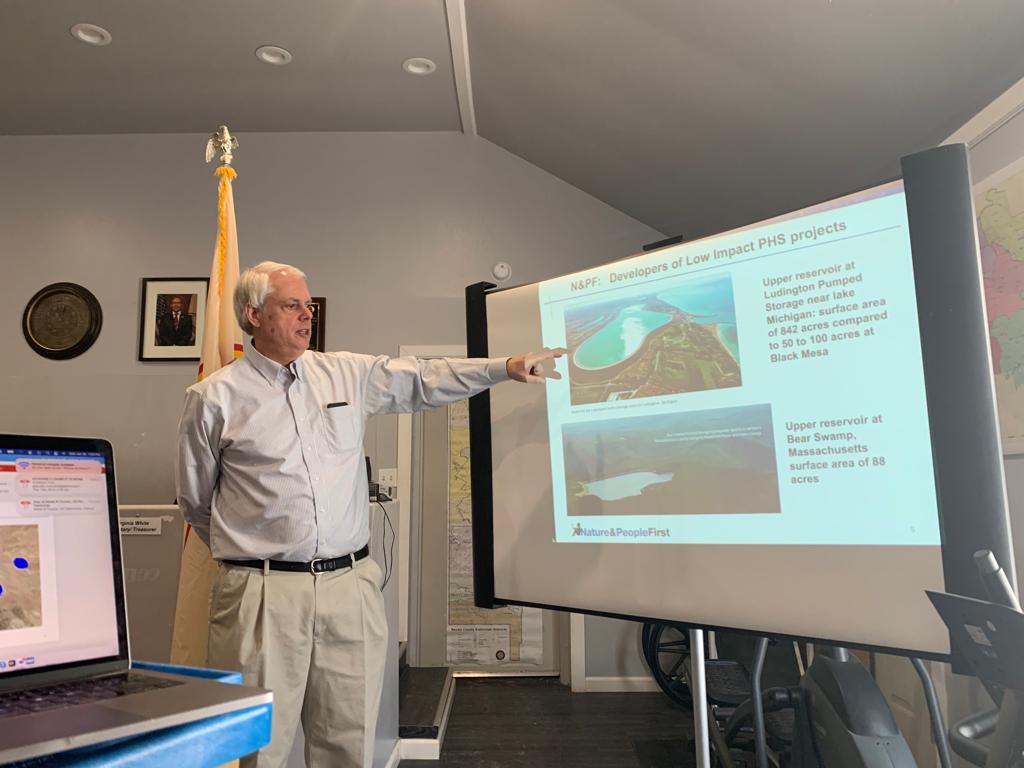
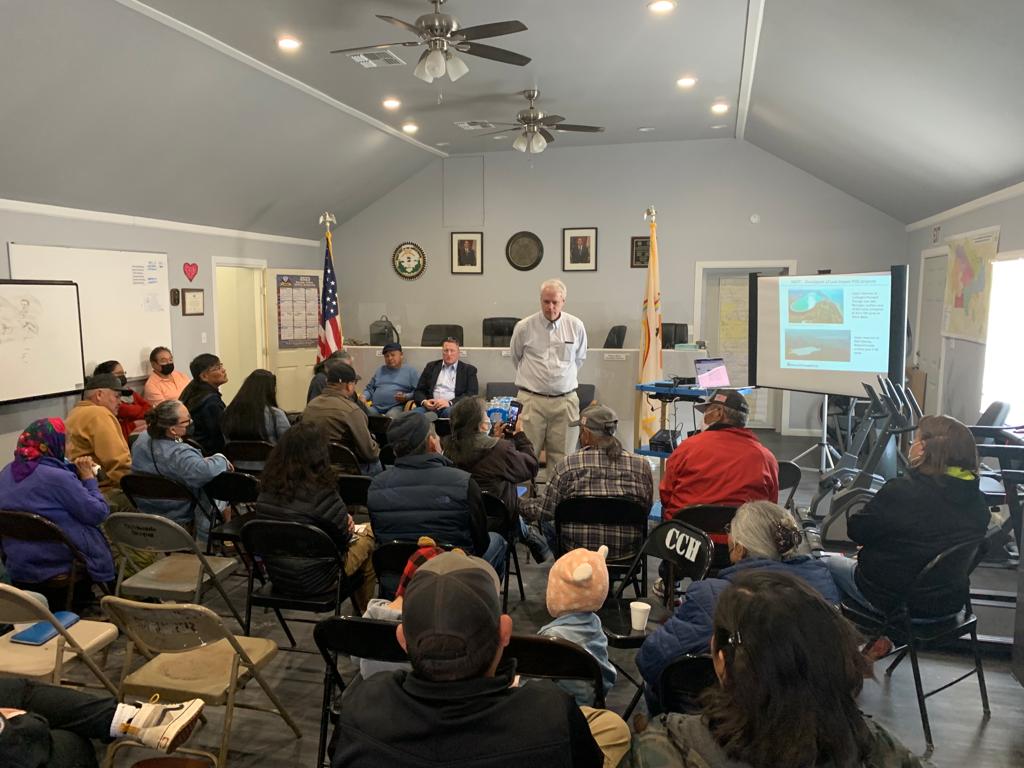
Since the closure of the Navajo Generating Station was announced and Nature and People First recognized the opportunity for a pumped storage hydropower project, Nature and People First has met and made presentations to Navajo Nation leaders, Chapter leaders and members and people located in and near the project area. Among the Navajo Nation organizations with whom Nature and People has visited are:
Regional utilities have expressed interest in potentially purchasing services from the project and requested that the project begin the permitting process by applying for a Federal Energy Commission Preliminary Permit. Navajo Nation leadership were contacted for input and then Nature and People First applied for permits on Black Mesa on a wide area to give as many options as possible for the Navajo Nation, Chapters and local people as well as flexibility for such considerations as geology, biodiversity and cultural artifacts.As a result, the surface area specified in the Preliminary Permit Application for the project, known as the Black Mesa East application, is significantly greater than the actual project's surface area. For instance, the Lower Reservoir's surface area in the actual project will be 200 acres, whereas the surface area stated in the Preliminary Permit Application is 2,800 acres. The actual project's surface area will account for only 7% of the surface area mentioned in the Preliminary Permit Application. The same logic was applied to the two other Preliminary Permit Applications with FERC, for projects to be located in the Black Mesa North area and in the Black Mesa South area. Here is a visual explanation for Black Mesa East where the Chilchinbeto Pumped Storage Hydropower Project will be located:
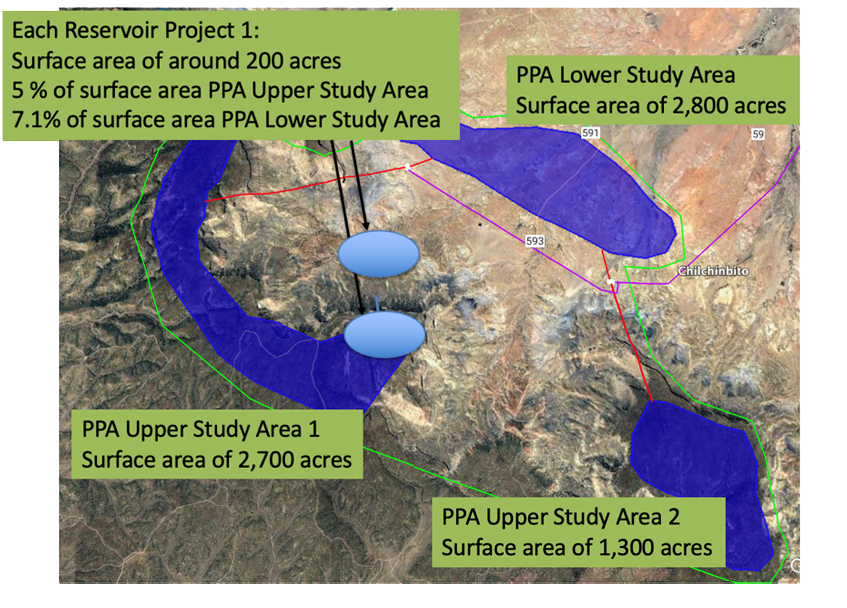
The water for the project will be sourced from the extensive C Aquifer, boasting a capacity of 400 million acre-feet. This aquifer spans well beyond the Navajo Nation's borders, covering an area exceeding 27,000 square miles. It is not exclusive to the Navajo Nation. The C Aquifer undergoes an annual recharge of approximately 290,000 acre-feet. The total annual pumping from the C Aquifer amounts to 140,000 acre-feet. Only 1% of the pumping occurs within the Navajo Nation, while 99% is conducted off the reservation primarily along the I-40 corridor between St. Johns and Winslow. Industrial use, particularly by three CO2-emitting power plants, accounts for the majority of pumping, followed by municipal demands in Flagstaff, Winslow, and Holbrook.
The Chilchinbeto Pumped Storage Hydropower project will necessitate 8,000 acre-feet of water to operate and will be filled over a two-year period. The pumping capacity will be 4,000 acre-feet per year, with a maximum of 75% of this capacity required thereafter to address evaporation, i.e., 3,000 acre-feet per year. The project plans to allocate the excess pumping capacity of 1,000 acre-feet per year to the Navajo Nation and the Chapter for grazing or agriculture.
Pumping will account for 2.85% of the total annual pumping throughout the project's expected duration of approximately 100 years, and 1.38% of the annual recharge. The extracted water from the C Aquifer remains marginal in comparison to the aquifer's capacity, existing annual pumping, and its annual recharge.If we were to develop three projects of the same size on Black Mesa in total, pumping will account for 8.55% of the total annual pumping in the C Aquifer and 4.14% of the annual recharge of the aquifer only.
The C Aquifer, a resource shared by multiple entities, including the Navajo Nation, is being underutilized by the Navajo Nation. Recent events have shown that failing to utilize available water makes it challenging to assert access rights when the need arises, even if water rights have been officially granted. The recent Supreme Court ruling concerning the Navajo Nation's water rights on the Colorado River supports this assertion.
We advocate for the Navajo Nation to increase its utilization of water from the C Aquifer to establish and strengthen water rights. Our proposed projects aim to facilitate this by providing the requisite funding and engineering support.
The Chilchinbeto Chapter has voted to support the Chilchinbeto Pumped Storage Hydropower Project to bring jobs and economic development to our Chapter and people. The project is anticipated to bring directly or indirectly 1,000 jobs during construction and 100 permanent jobs. For Chapter members living on Black Mesa, the project will improve the road to the top of Black Mesa which is frequently impassable. Just this winter a snowmobile was rented to bring a member food and medicine.
The project will make water available to all Chapter members. Once the project is complete, over 80% of the project's water infrastructure will be available for the Chapter and the Nation. The Chapter members living on Black Mesa will no longer have to drive 2 hours ... and only when the road is available ... to get water. The direct benefits of the road and water will come from the use of only about 200 acres on the mesa and 200 acres at the base of the mesa - less than the grazing area for two cows. It is important to note that currently, no grazing occurs on top of the Mesa. Therefore, the 200 acres on top of the Mesa will not have any impact on grazing.
Importantly, the project follows the Diné teaching of ‘T’áá hwó’ ajít’éego’ self reliance or self determination. As President Nygren has said, “The Navajo Nation has always been an energy Nation, hands down. We don’t live next to Phoenix. We don’t live next to metropolitan areas. But what we do have is what we’ve always had, energy. Whether it’s oil and gas, whether it’s coal, solar, no other tribe can even match us.”
Former President Jonathan Nez and former Vice President Myron Lizer signed the Navajo Sunrise (Háyoolkáál) Proclamation. President Nez said the proclamation “creates a new economic vision for the Navajo people through healing the land, fostering clean energy development and providing leadership for the energy market.” He went on to say, “This is nothing new to us as indigenous peoples — being stewards of the land and using what Creator has given us in terms of natural resources.” “It’s time for our land to heal and become green again,” said Nez, "What we’re doing today is planting a seed for our future and for our younger generation”. Chilchinbeto Chapter has voted to support this type of hydro-electric plant because it brings: jobs, water and economic development.
With the economic development, the project can bring benefits to the Nation, the Chapter, and the local people such as help with:

Signed by
 Paul Madson
President
Paul Madson
President
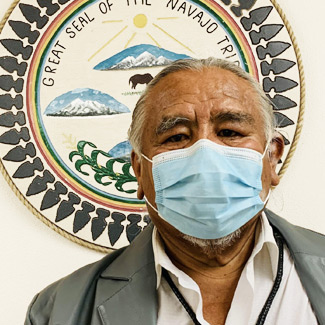 Thomas Bradley
Vice President
Thomas Bradley
Vice President
 Virginia White
Secretary/Treasurer
Virginia White
Secretary/Treasurer
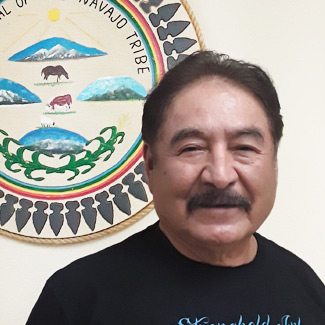 Eugene Badonie
Chapter Manager
Eugene Badonie
Chapter Manager
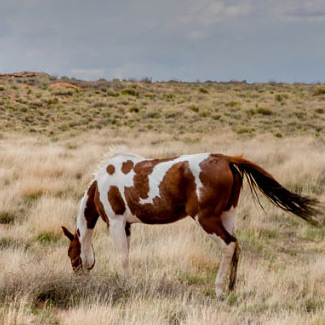 Delbert Big
Grazing Official
Delbert Big
Grazing Official

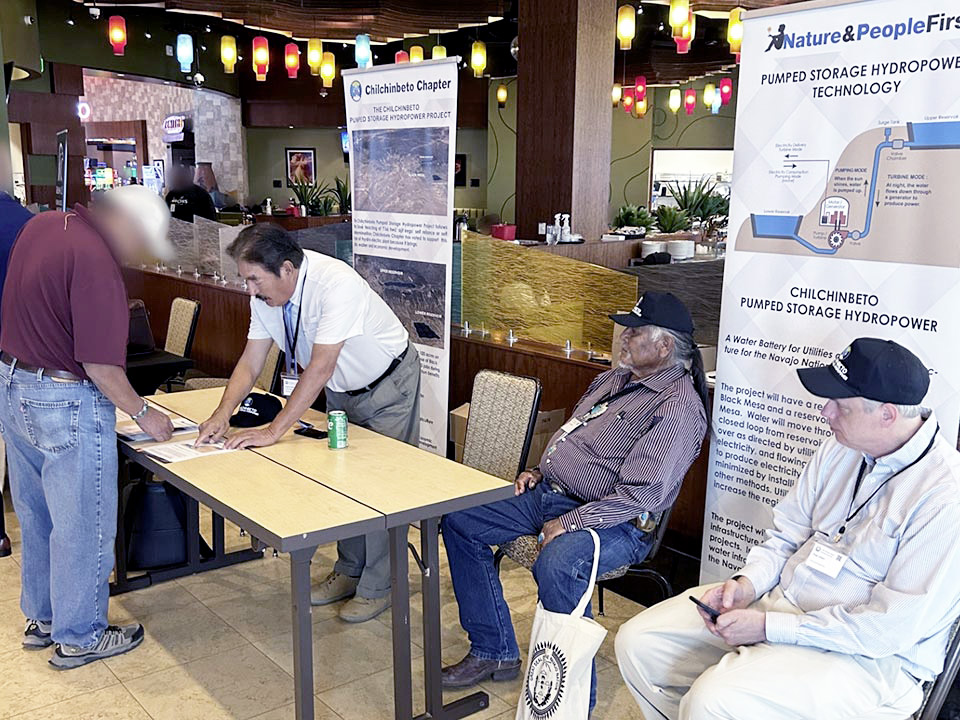
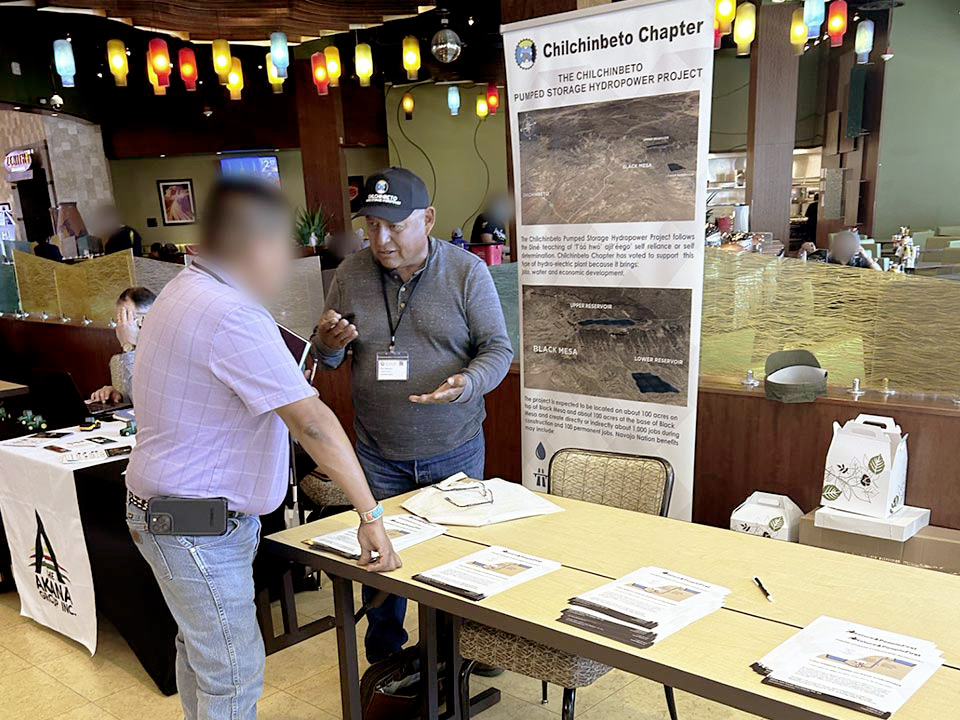
The team has combined over 50 years of energy project development experience, sold services to over a dozen utilities and financed over $1 billion of projects. The team, led by Denis Payre, has the proven ability to turn ideas into thriving companies.
 Denis Payre
Proven Serial Entrepreneur
Denis Payre
Proven Serial Entrepreneur
 Peter Wallis
Proven Ability to Win Utility Awards
Peter Wallis
Proven Ability to Win Utility Awards
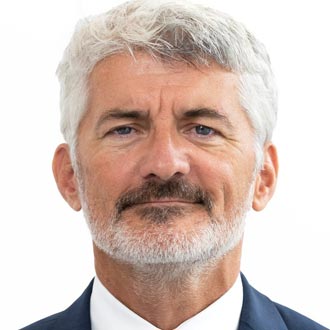 Guillaume Faure
Proven Ability to Develop and Finance Projects
Guillaume Faure
Proven Ability to Develop and Finance Projects
 Eric Van Loon
Top Lawyer with a Long-Term Relationship with the Navajo Nation
Eric Van Loon
Top Lawyer with a Long-Term Relationship with the Navajo Nation
Nature and People First America, LLC
405 Waltham Street
Lexington, MA 02421
